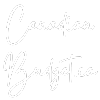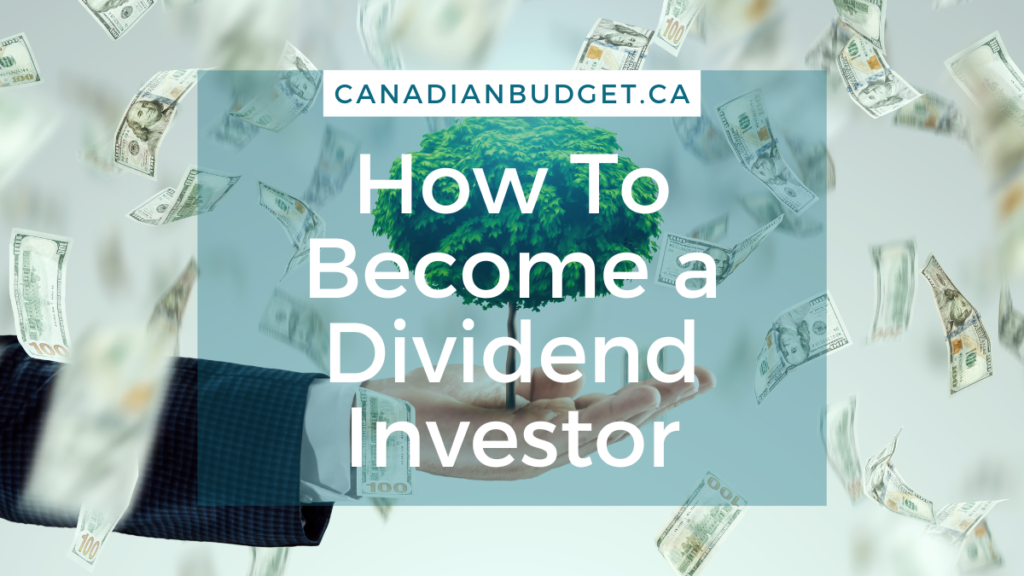
How To Become A Dividend Investor
Table of Contents
ToggleSo, you are curious about how to become a dividend investor? Investing in the stock market can be intimidating, especially if you are new to it. However, by learning about different strategies and approaches, it can also become an amazing way to grow your wealth and reach financial freedom. Becoming a dividend investor can be an attractive approach for new investors. This strategy involves selecting stocks or funds that pay regular dividends, which are payouts made to shareholders which come from a portion of the company’s profit.
Dividend investing can be a low-risk method of generating a portfolio which earns you passive income, making it an attractive option for those who are new to investing. In this article, we’ll take a closer look at dividend investing for beginners, including what it is, how it works, and hear as well from a seasoned dividend investor on her journey.
Is it worth it to be a dividend investor?
You may be asking yourself, is dividend investing worth it? Actually, let’s back it up, what is dividend investing and how much can you earn from dividends? Let’s dive in and learn a bit more on how to become a dividend investor in Canada.
For the past 3 years I have been tracking my dividend payouts and sharing them on my Instagram so others can see how building a dividend portfolio works and the reality of starting out as a dividend investor.
Can dividend investing make you rich? It can definitely help your investments grow faster with less contribution required from your pocket, but it won’t happen over night. Building a dividend portfolio from scratch will take time.
What are dividends
You can think of dividends as a small reward or incentive a company provides to shareholders for their investment in the company. A company takes a portion of their profits and redistributes it to their shareholders. Not all companies offer dividends, so if you are specifically hoping to become a dividend investor, you will need to do some research to find the right stocks and funds to invest in.
How do I earn dividends?
First you need to open a brokerage account where you can purchases shares or funds. You can purchase individual stocks that pay dividends, or you can purchase ETF’s or index funds, which will also distribute dividends, since these funds hold many different stocks within them, the likelihood that they hold dividend issuing stock is very high. You can also select to invest in dividend focused ETF’s that hold only dividend paying stocks.
Each stock has its own dividend issuing schedule, some may issue monthly, some quarterly etc. So you may not receive a payout every month, it depends on the stocks you are invested in.
It is important to note that when you are just starting out, your dividends will likely be just a few pennies, or dollars, but over the years they can grow to equal tens of thousands of dollars a year, as our guest shares with us below, keep reading to learn more!
Is dividend investing a good strategy?
This question is personal for you and your goals and situation. It depends on a few things…
When you think about the type of investor do you want to be, you should think about your goals and which strategy works for you. Some people prefer a more hands off investing style using a Roboadvisor like Wealthsimple to manage their investments.
If you use a Roboadvisor, it is almost guaranteed that you will begin to receive dividends regularly. Why? Because Roboadvisors invest your money into portfolios of ETF’s. ETF’s are like a basket of stocks (I’m talking hundreds or more of them) all in one. The odds that some of those stocks in the ETF basket pay dividends is pretty high.
Some investors want to focus on growth, therefore they ignore dividends and look for companies that have a potential to grow their share price over time.
Other investors want to focus on income, so they may invest in bonds, and dividend stocks to build a portfolio that is earning income regardless of stock price.
What is a DRIP?
A dividend reinvestment plan is also knows as a DRIP where the dividends you earn are then used to purchase more of the stock, therefore reinvesting it back into purchasing more shares. You can have official drips – which are offered by some stocks when you are a direct investor in their stock. Not all brokerages offer access to official DRIPs even if you are purchasing a stock which has a DRIP available to its investors, so if having access to an official DRIP program is really important to you, choose your brokerage carefully.
Personally, I follow the unofficial DRIP method, which is just to purchase more shares myself with the dividends that are deposited into my brokerage account when received. This is for two reasons, first, the brokerage I use doesn’t offer DRIP’s and I mostly invest in ETF’s over individual stocks. That is just my preference.
Either way, those dividends are going to help you reach your financial goals faster if you reinvest them. You are able to invest money repeatedly that you didn’t have to personally contribute, which will help grow your portfolio faster!
If you want to learn more about how to start investing, check out the Invest in Yourself course by Canadian Budget!
Meet a long term dividend investor
I want to introduce you to Mel, the blogger behind Our Life Financial. Mel has been an avid DIY investor for more than 2 decades. She has been spreading the word about investing since 2019 across social media platforms, and has been featured in many personal finance blogs and podcasts, in addition to being a presenter at last year’s Woman Can Money Summit along side me!
She now publishes a monthly newsletter for like-minded investors where she shares her portfolio holdings, her stock analysis, and her monthly dividend income. She hopes that by chronicling her journey it will help others build an income stream for retirement.
I asked Mel to share more about her dividend investing experience with the Canadian Budget audience.
How did you become a dividend investor?
I became a dividend investor at the age of 25 when I opened my first investment account. I didn’t know anything about investing at the time, so I turned to my parents who were DIY investors. They gave me a list of companies to consider and the first stocks I ever owned were Bank of Nova Scotia, Enbridge, and TC Energy. I still own them to this day.
What is your annual dividend income & goal for 2023
My goal for 2023 is to earn $45,000 in dividend income. Last year I earned $36,000 and the year before that $27,000. You can see how it just keeps building year-over-year. I hope to hit $100,000 before I turn 65.
How many years have you been building a dividend portfolio?
I purchased my first stock at 25, and I’m 53 now, so I’m approaching roughly 3 decades as a DIY investor. But I do have to mention, there was a big gap in my stock investing years after that initial deposit at 25. I didn’t add any additional funds for almost 10 years. That is something I regret.
Regardless of that missed decade, I’m here to tell the story that dividend investing works regardless of how consistent you are. I’m so thankful I chose this strategy because it’s allowed me to retire early at the age of 49. It has provided me with additional time to do what I want, when I want, like visiting family and friends, travelling, and enjoying life without stressing over a 9-5. That has been worth it.
How long was it before you really saw progress/growth?
Buying dividend-growing companies in order to build a future income stream is a strategy that requires patience because you buy and hold forever.
You start receiving dividends right away, but they will be tiny. It takes years of compounded growth before the income becomes life changing. It’s hard for new investors to see the long-term goal rather than the short term, but I can tell you that it’s all worth it in the end.
What would you do differently if you were starting all over?
I wouldn’t stray from the strategy and I’d stay focused for the long-haul. I wouldn’t have missed out on those 10 years where I didn’t invest a penny, and I wouldn’t try to time the market buying growth stocks or even day-trading. I did try both, and lost money each time.
It’s hard to hear about Amazon, and all the high flying tech stocks, and not be a shareholder. FOMO is real and it can really impact your decisions. I quickly learned that dividend investing fits me perfectly. I don’t have time to watch the markets every day and follow share prices, I just buy, hold, and collect the dividends every quarter. It’s that easy.
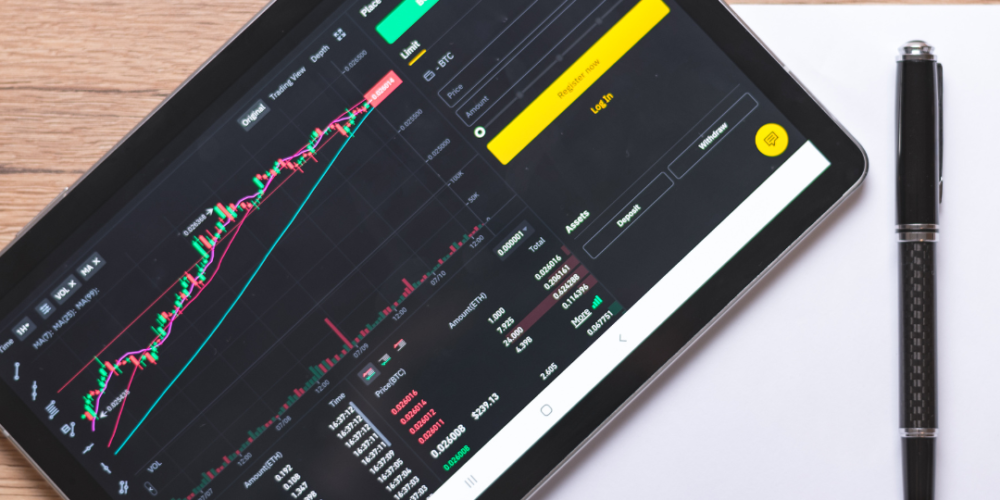
Why would someone want to become a dividend investor?
There are so many reasons someone could consider dividend companies as an investment strategy, and I’ll list a few here:
It’s great for people who are busy and don’t have a lot of time to do much research or follow the stock market. Buy a few quality companies and let the dividends do all the work.
Over time the dividends will compound and you can use the money however you choose. If you keep building, one day those dividends could pay all your living expenses.
Dividends from eligible Canadian companies are favourably taxed in Canada if held within a non-registered / taxable account. You can earn upwards of $50,000* in dividends and pay essentially no income tax (*if that $50,000 was your only source of income).
When you retire, you don’t have to sell shares to earn income, just start spending your dividends and your shares stay intact.
Market volatility happens and investors can panic, but dividend investors aren’t worried if the share prices drop because they are still earning their dividend income.
I could talk about the benefits of dividends all day long, but hopefully the reasons I’ve highlighted will have your readers think about this strategy.
What is one piece of advice you have for someone considering starting dividend investing?
Don’t get caught up with high yielding stocks or funds. They seem really enticing because of the big yields, but the dividends are likely not sustainable, and may get cut in the future.
It’s important to always stick with quality companies that have a proven track record of consistently paying their dividend over decades, and also providing shareholders with regular increases. These companies are the ones that build a solid and defensive portfolio.
What do you feel is the best way to research dividend stocks?
One of my favorite websites to see which companies have the highest dividend yields is to check out the Beat the TSX chart at DividendStrategy.ca
This blogger does all the work for us, by compiling the top 10 stocks from the TSX 60 based on their dividend yield. (The TSX 60 is a list of the top 60 Canadian companies with the highest value by market cap).
The Beat the TSX listing is updated automatically every day, so the chart does change. Historically, the companies that form the Beat the TSX list have outperformed the index year after year.
Another place to find a list of possible stocks would be to simply Google a popular Canadian dividend ETF, like the iShares XDV, XEI and CDZ. Compare their top 10 holdings.
Finally, I also offer some stock analysis in my monthly newsletter explaining what I look for when purchasing a dividend paying company. Not all dividend companies are created equal, and I look for dividend-growers because my goal is to earn a dividend income, but also capital gains from share price appreciation.
You can sign up for a 7-day free access pass to Mel’ s monthly newsletter archive here!
What are your thoughts on utilizing DRIPs vs manually reinvesting. Is that a major consideration for you when choosing an investment?
Many people may hear the acronym DRIP but not fully understand what it means. It stands for a dividend reinvestment plan, and the most common form is through your brokerage. If you are like me, with a brokerage account at a bank, you will likely pay $9.99 per trade. Because of this fee, I use the DRIP feature which allows the brokerage to reinvest the dividends on my behalf commission-free.
What this means is, if I receive a dividend from Bank of Nova Scotia for $100, the brokerage will take that $100 and buy as many Bank of Nova Scotia shares as they can. Currently Bank of Nova Scotia is trading around $67 so that would mean, I would receive 1 share of BNS and the difference of $33 would sit as cash in my investment account.
Once the account is generating enough monthly dividend income, you may choose to remove the DRIP feature and invest the money however you like, but until that time, the DRIP feature can certainly help build your share count and income.
Note: Wealthsimple offers commission-free trading accounts which is an excellent option if you are just starting to invest. This would be my go-to account if I was younger. With this account, there are no-commission fees, so any dividends you receive will automatically be added to your cash balance and you can use them to buy whatever you choose.
If you are interested in Wealthsimple as a brokerage, you can use Canadian Budget’s referral links to set up a DIY accounts and Roboadvisor accounts. Check here for options that will save you money on fees!
Do you always opt for individual stocks over index funds or ETF’s?
I do prefer holding individual companies rather than a basket of companies in an ETF or index fund. Plus I don’t like paying management fees.
Personally, I choose to own a select number of individual companies rather than hundreds of companies in an ETF. Returns get diluted when you hold a lot of companies because some will be winners, some will be mediocre, and some will underperform the market. I want to be in control of my money and choose whether to sell a company if it is underperforming. With an ETF you can’t. It’s all or nothing. I don’t like that.
It looks like you invest in dividends across RRSP, TFSA and Taxable accounts. Is there any one account that you feel that’s better for dividends?
Yes, I do invest in dividends across all accounts, but I’m a huge supporter of the TFSA. It’s truly a gift to all Canadians over 18 years old.
As you know, I’m not a huge fan of the RRSP, and wish I had opened a non-registered account instead when I first began investing. I really think the CRA is the winner here regardless of your tax-refund. I’ve seen first-hand with my own RRSP how it can grow over time and the tax-consequences once withdrawals begin.
Every year after maxing my TFSA, I add any extra money into a non-registered account. The benefit of a non-registered account is the dividend-tax credit where you can earn up to $50,000 in dividend income annually, and pay virtually no income tax. (your tax will vary depending on your province, so check the calculators at taxtips.ca) This tax savings is a huge bonus to dividend investors. Obviously, the TFSA has no tax at any time, so that will always be my first choice.
Tell us more about the ‘We Invest Challenge’.
The We Invest Challenge was created in October 2020 by a small group of female investors from around the world. Our hope was to encourage other women to begin investing. We began with $1,000 each and were modelling how someone could build a portfolio from scratch.
The challenge lasted 6 months, but I continued reporting to my followers after the deadline because I felt it wasn’t enough time to show how a portfolio can truly grow. It takes time to build a dividend income. It’s not going to happen in 6 months, let alone a year. It’s a slow and steady strategy, and therefore time is our friend.
You can find monthly updates for the ‘We Invest Challenge’ portfolio on the Our Life Financial Instagram page. If you want to learn more from Mel, you can sign up for a 7-day free access pass to Mel’s monthly newsletter archive here!
A big thank you goes out to Mel from Our Life Financial for sharing her experience and thoughts as a seasoned dividend investor.
**Disclaimer – This article should not be construed as investment or tax advice. Always consult a professional financial planner or adviser for guidance and advice.
Read more on the blog..
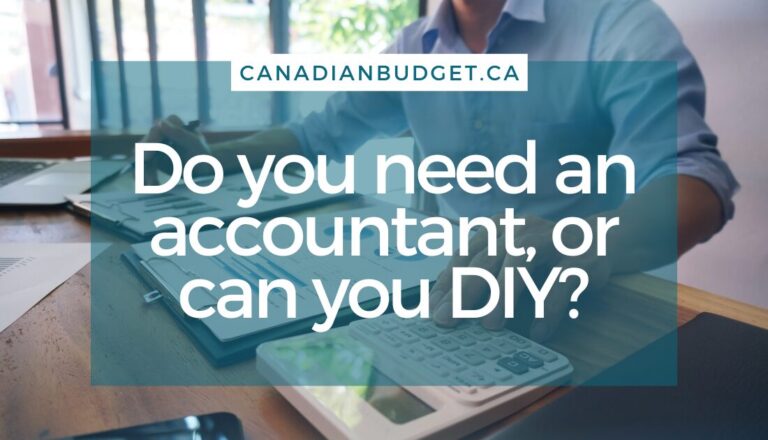
Do You Need an Accountant…
Guest Post by Karan Sachdeva of MultiTaxServices Doing taxes in Canada Money management often feels like one of those “I’ll...
Read More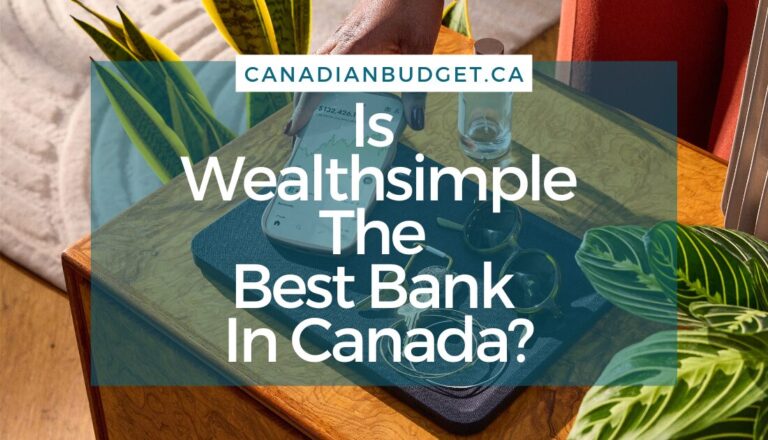
Why Wealthsimple Could Be the…
Wealthsimple Banking Review 2025: Best No-Fee Bank in Canada
Read More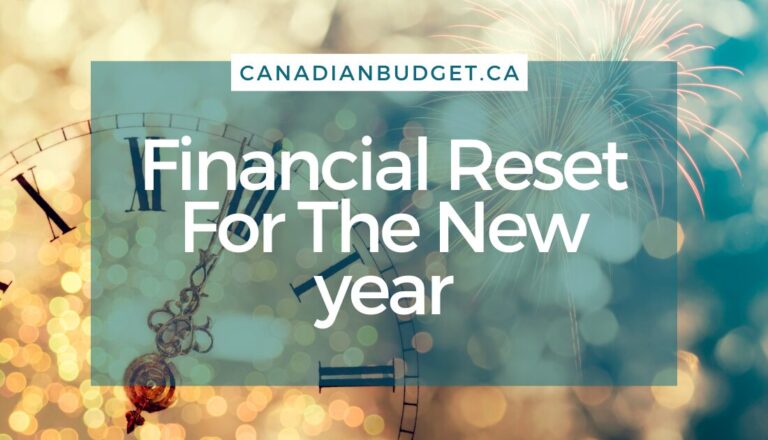
Financial Reset For The New…
How to Do a Financial Reset for the New YearAs the new year begins, it's the perfect time to take...
Read More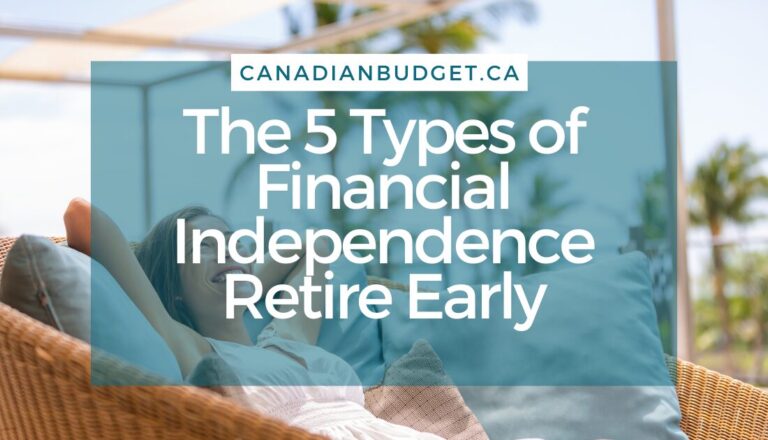
The 5 Types of Financial…
Starting your journey towards Financial Independence Retire Early (FI/RE) in Canada opens up possibilities for those eager to take control...
Read More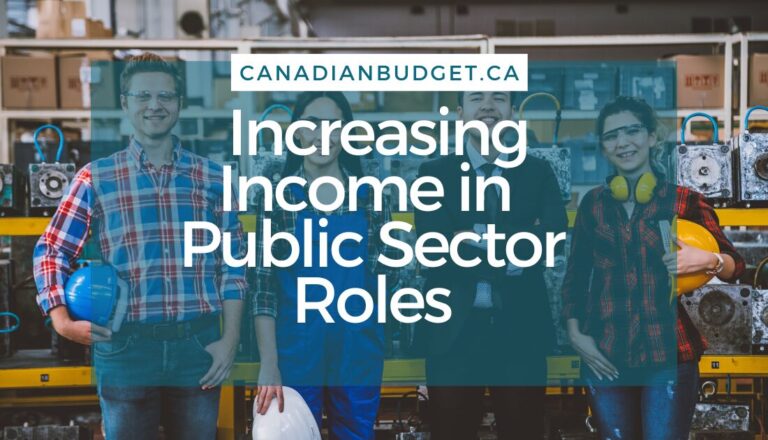
In a Public Sector role?…
Public sector roles, including those in schools and hospitals, make up approximately 21% of employment in Canada. That includes teachers...
Read More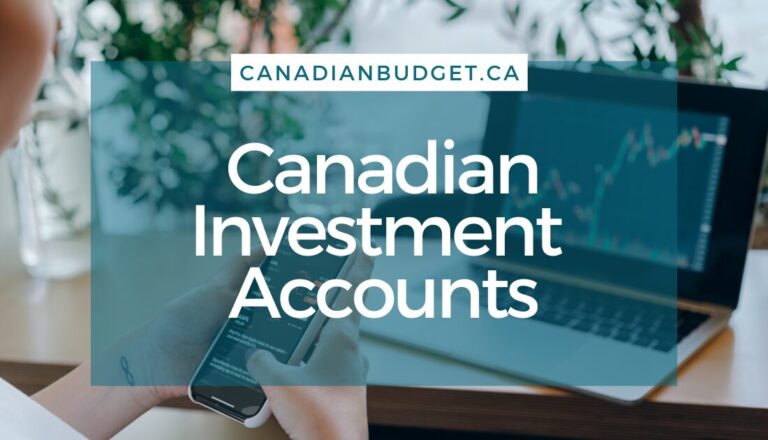
8 Canadian Investment Accounts To…
If you are new to investing, you might be wondering what the Canadian investment accounts are available, and which is...
Read More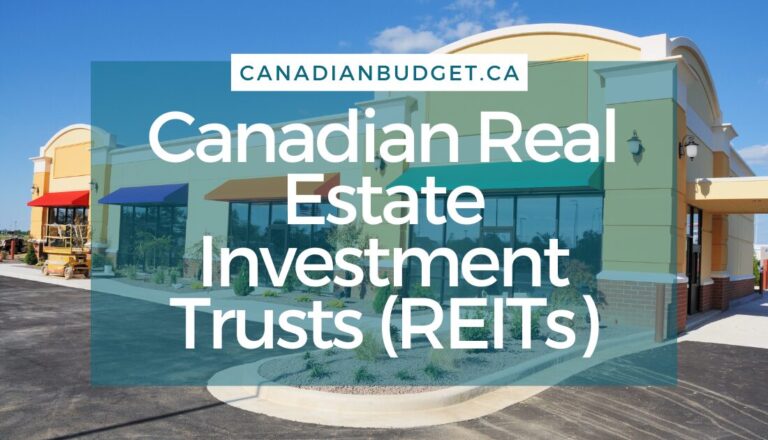
What Are Canadian Real Estate…
Canadian Real Estate Investment Trusts: What They Are and Should You Invest? Canadians have heard owning property was the path...
Read More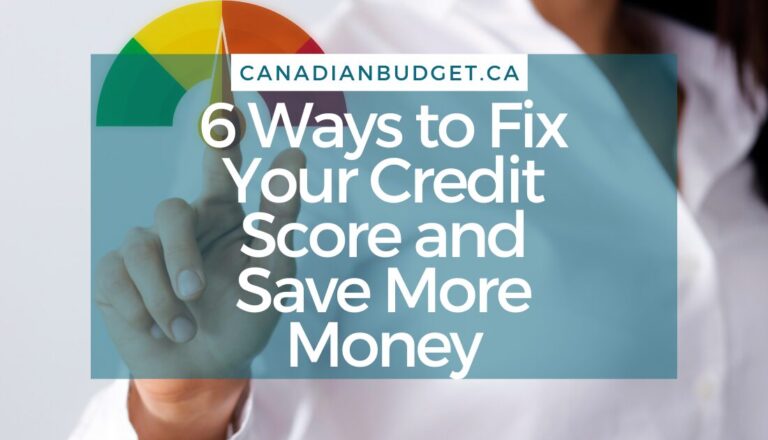
6 Ways Fixing Credit Scores…
Struggling with debt can significantly impact your financial well-being, especially if your credit score suffers. Fixing credit scores is important...
Read More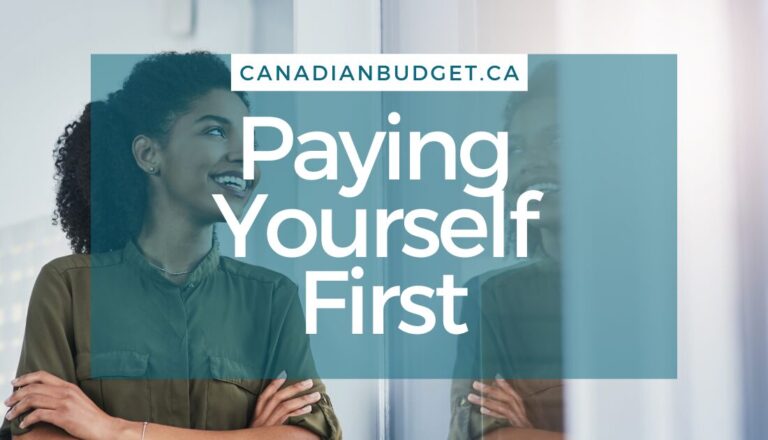
The Paying Yourself First Method
Taking control of your financial future starts with a simple yet powerful concept: paying yourself first. Shifting your money mindset...
Read More
How to Calculate Retirement Savings…
When is a good time to calculate retirement savings needs? When retirement may be decades away it’s hard to think...
Read MoreAbout The Author
Jessica Morgan
Jessica Morgan is the founder and CEO of Canadianbudget.ca. She is passionate about personal finance and helping Canadians improve their financial literacy by providing more Canadian focused financial content. A millennial mom of one, she has a burning obsession with all things personal finance.
Jessica has a BA in East Asian Studies from York University and a Masters in Business Administration from Toronto Metropolitan University. She is a career public sector employee with a Hybrid Pension, and an advocate for Canadian women to improve their personal finance knowledge.
Jessica Morgan
Jessica Morgan is the founder and CEO of Canadianbudget.ca. She is passionate about personal finance and helping Canadians improve their financial literacy by providing more Canadian focused financial content. A millennial mom of one, she has a burning obsession with all things personal finance.
Jessica has a BA in East Asian Studies from York University and a Masters in Business Administration from Toronto Metropolitan University. She is a career public sector employee with a Hybrid Pension, and an advocate for Canadian women to improve their personal finance knowledge.
